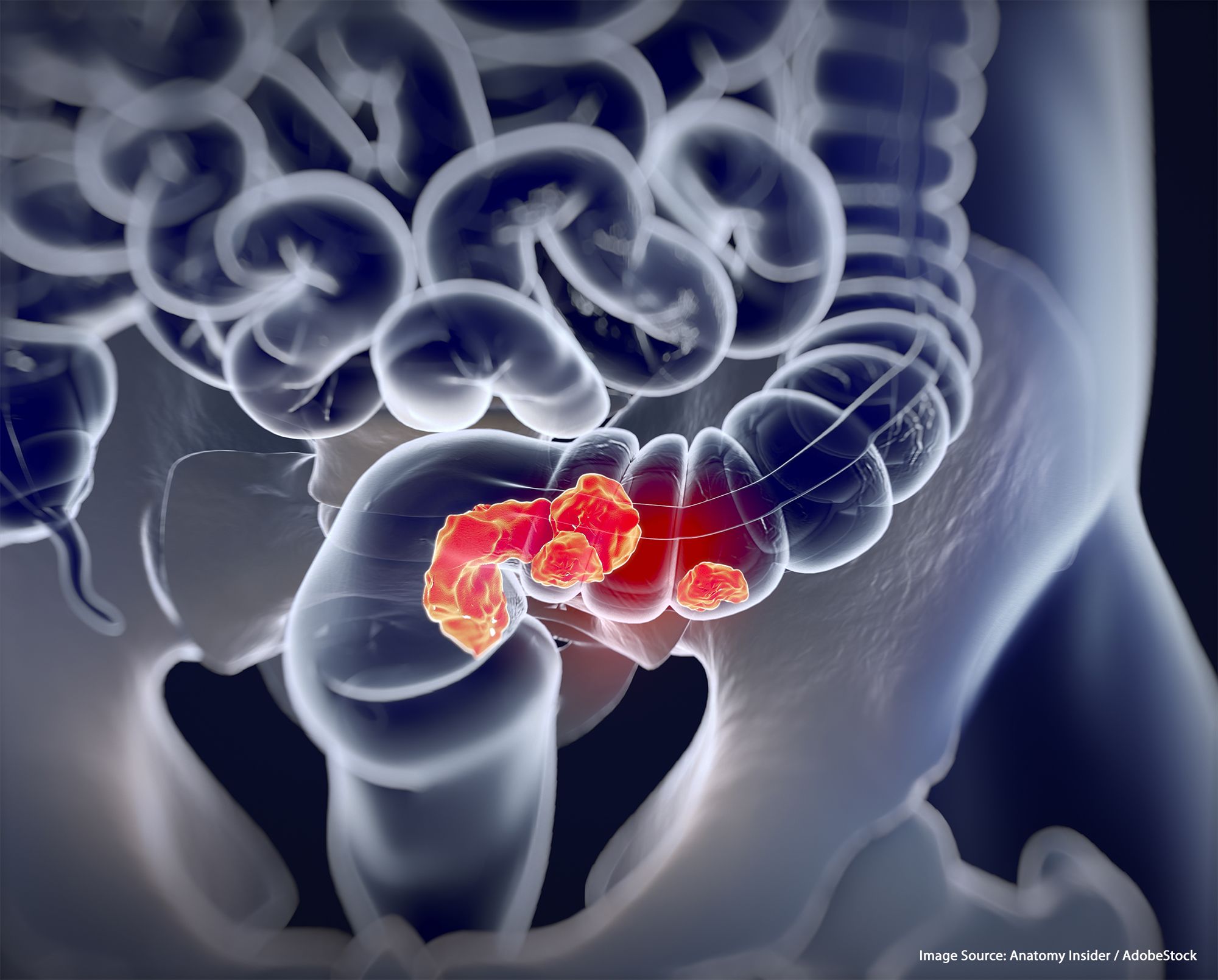Porustobart/Tislelizumab Elicits Responses in MSS Metastatic Colorectal Cancer
The anti–CTLA-4 antibody combination achieved an ORR of 34.8%, with 8 partial responses, in patients with pretreated microsatellite-stable mCRC.
The anti–CTLA-4 antibody combination achieved an ORR of 34.8%, with 8 partial responses, in patients with pretreated microsatellite-stable mCRC.

Treatment with porustobart (HBM4003), a next-generation, fully human, heavy chain–only anti–CTLA-4 antibody, plus tislelizumab (Tevimbra) elicited positive antitumor activity with a manageable safety profile in pretreated patients with microsatellite-stable (MSS) metastatic colorectal cancer (CRC), according to a press release from the developer, Harbour BioMed.1
The results came from a multicenter, open-label phase 2 trial (NCT05167071) that evaluated the safety, tolerability, pharmacokinetics/pharmacodynamics, and preliminary efficacy of porustobart with tislelizumab or toripalimab-tpzi (Loqtorzi) in patients with advanced neuroendocrine neoplasms and other solid tumors.2
Among 23 patients who were efficacy evaluable, the objective response rate (ORR) was 34.8%, with 8 partial responses (PRs); the disease control rate was 60.9%, with 8 PRs and 6 patients achieving stable disease; and the median progression-free survival was 4.2 months.
“The 2025 Nobel Prize in Physiology or Medicine was awarded to 3 immunologists for their groundbreaking discoveries in regulatory T cells [Treg cells] and their role in controlling the immune system. HBM4003, a next-generation anti–CTLA-4 antibody discovered through our HCAb [heavy chain–only antibody] Harbour Mice platform, is a direct clinical application arising from this foundational research,” Jingsong Wang, MD, PhD, founder, chairman, and CEO of Harbour BioMed, said in the press release.1 “The positive results from this phase 2 clinical study mark an important milestone for Harbour BioMed and underscore the therapeutic potential of HBM4003. We will continue to advance HBM4003 with the goal of delivering transformative immuno-oncology therapies to patients worldwide.”
The trial was split into 2 parts: part 1, the dose confirmation part, and part 2, the dose expansion part. A total of 24 patients with MSS metastatic CRC were enrolled in the trial. Enrollment criteria include being 18 years or older or 75 years or younger in part 1 of the trial, having at least 3 months of life expectancy, having at least 1 measurable lesion per RECIST v1.1, and an ECOG performance status of 1 or lower.2 In part 1, patients had histopathology-confirmed diagnoses of advanced or recurrent solid tumors. In part 2A and part 2B, patients had a histopathology-confirmed nonfunctional metastatic neuroendocrine tumor, and in part 2F, patients had histopathology-confirmed metastatic colorectal adenocarcinoma.
Patients who received previous and concomitant treatment with anti–CTLA-4 or anti–PD-(L)1 and anti–PD-L2 treatment within 8 weeks to the start of part 1 or other antitumor treatment were excluded from trial participation. Insufficient recovery from previous treatments, history of other malignant diseases within 5 years of the first dose, and symptomatic, active, or urgent treatment–requiring central nervous system metastasis were also reasons for exclusion.
Treatment consisted of 0.3 mg/kg of porustobart plus 200 mg of tislelizumab every 21 days.
All patients (n = 24) had received at least 2 prior lines of therapy, and lung metastases were observed in 66.7% (n = 16 of 24) of patients.
The primary end points of the trial in part 1 were dose-limiting toxicities, maximum tolerated dose, and recommended phase 2 dose; in part 2, the primary end point was the ORR.
Regarding safety, treatment-related adverse events (AEs) occurred in 87.5% (n = 21 of 24) of patients, with liver function test abnormalities, hematological abnormalities, and pyrexia occurring in at least 20% of patients, with most instances being grade 1 or 2. Treatment-related serious AEs occurred in 37.5% (n = 9 of 24) of patients. No grade 4 or fatal treatment-emergent AEs were observed.
References
- Harbour BioMed announces positive phase II results for HBM4003 and tislelizumab combination in MSS mCRC. News release. Harbour BioMed. October 22, 2025. Accessed October 27, 2025. https://tinyurl.com/bddpy54f
- HBM4003 combine with toripalimab in patients with advanced NEN and other solid tumors study. ClinicalTrials.gov. Updated April 27, 2025. Accessed October 27, 2025. https://tinyurl.com/2d8pa2ur